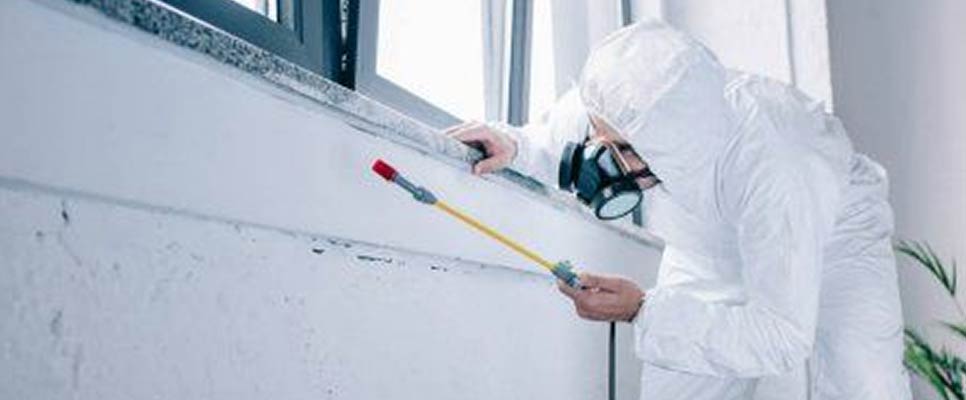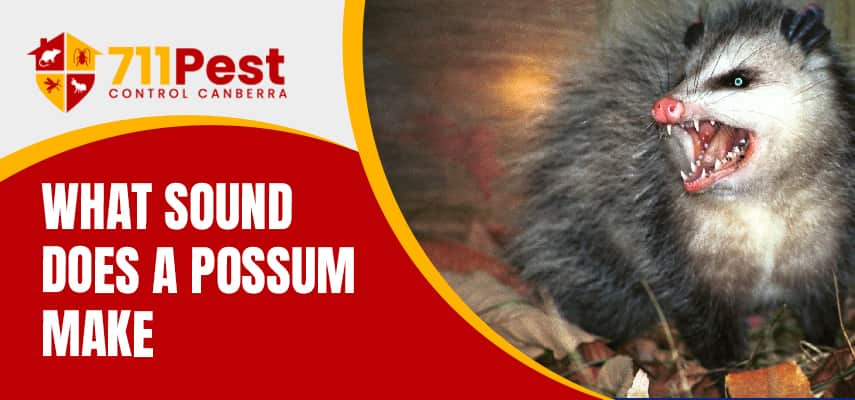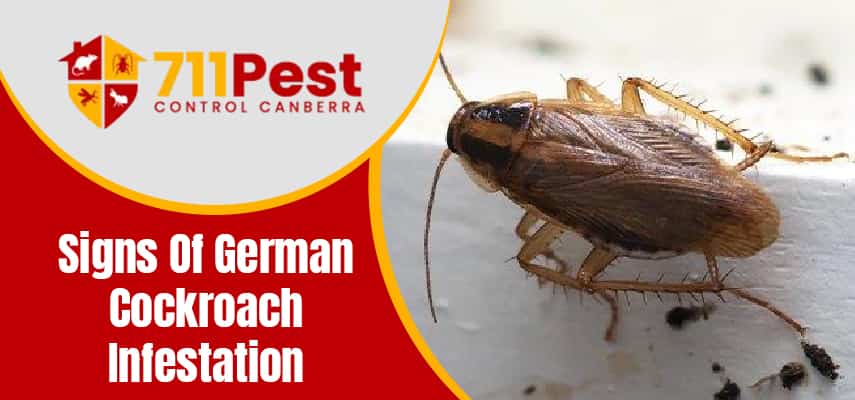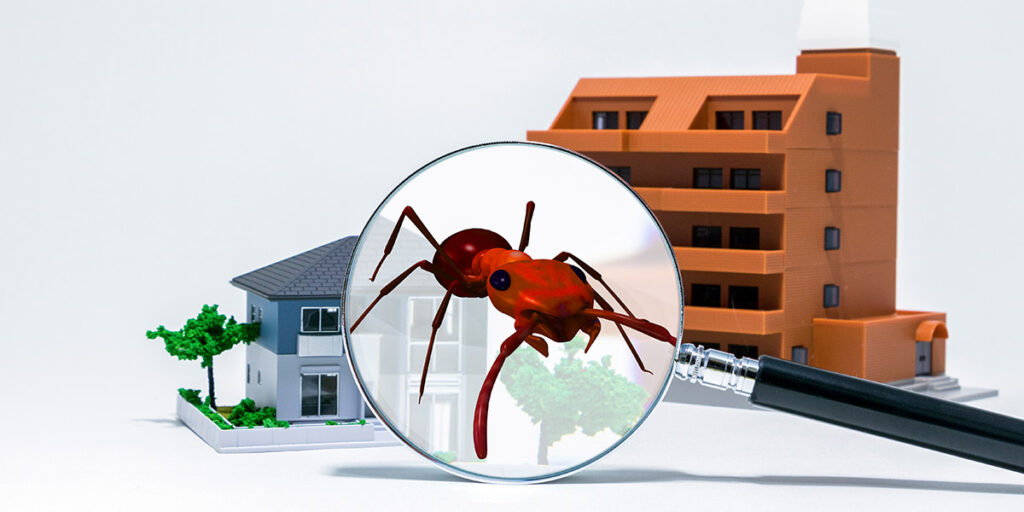Fleas are notorious pests that often plague pets, but can they latch onto humans as well? The answer is yes. While fleas prefer the fur of animals, they can and do bite humans, leaving behind itchy, red marks. Fleas are more than just an annoyance—they can spread diseases and infest your home if left unchecked.
Can Fleas Live on Humans?
Fleas are parasitic insects that feed on the blood of their hosts. However, they are highly adapted to animals, specifically those with fur, such as cats, dogs, and rodents. Humans are not their preferred hosts, but fleas will bite when given the chance. Here’s what to know:
- Temporary Hosts: Fleas may bite humans but rarely stay on them for long.
- Bites: Flea bites typically appear as small, itchy red bumps, often clustered on the lower legs, ankles, or feet.
- Infestations: While fleas won’t live on humans, they can infest homes, creating an environment where bites are inevitable.
Signs of a Flea Problem
To address fleas effectively, you first need to identify the problem. Look out for these signs of a flea infestation:
- Itchy Bites: If you notice itchy, red bumps on your skin, particularly after being in areas where pets frequent, fleas could be the culprit.
- Fleas on Pets: Check your pets for excessive scratching, hair loss, or visible fleas.
- Flea Dirt: Black specks, often referred to as “flea dirt,” are flea droppings. These are commonly found in pet bedding or fur.
- Jumping Fleas: Fleas are tiny but visible to the naked eye and can often be seen jumping on carpets, furniture, or clothing.
How to Prevent Fleas on Humans and in Your Home
Preventing fleas is far easier than dealing with a full-blown infestation. Follow these prevention tips to keep fleas away from you, your pets, and your home:
1. Protect Your Pets
- Use veterinarian-approved flea prevention treatments for your pets.
- Bathe and groom pets regularly to check for fleas.
- Wash pet bedding and toys in hot water to kill flea eggs and larvae.
2. Maintain a Clean Home
- Vacuum carpets, rugs, and upholstery frequently to remove fleas, eggs, and larvae.
- Wash linens, blankets, and clothing in hot water if you suspect fleas.
- Pay special attention to areas where pets spend the most time, such as beds, sofas, and pet carriers.
3. Treat Your Yard
- Mow your lawn regularly and trim shrubs to reduce shady, moist areas where fleas thrive.
- Remove yard debris, such as leaves and grass clippings, which can harbor fleas.
- Consider using pet-safe outdoor flea sprays or diatomaceous earth to treat your yard.
4. Seal Entry Points
- Inspect your home for cracks, gaps, or openings where rodents or wildlife carrying fleas could enter.
- Use caulk or weather stripping to seal these entry points.
How to Treat Flea Bites on Humans
If you’ve been bitten by fleas, don’t worry—most bites are harmless and can be treated at home. Here’s how:
- Clean the Area: Wash the bites with soap and water to prevent infection.
- Apply Antihistamine Creams: Use over-the-counter anti-itch creams or calamine lotion to reduce itching and swelling.
- Use Cold Compresses: Apply a cold compress to the affected area to relieve discomfort.
- Avoid Scratching: Scratching can lead to infections or scarring.
Seek medical attention if you experience severe allergic reactions, signs of infection, or symptoms like fever or swollen lymph nodes after flea bites.
When to Call a Professional
Fleas are persistent pests that can be difficult to eliminate completely without professional help. If your efforts to control fleas aren’t working, it’s time to call in licensed pest control professionals in Canberra. Professionals can:
- Identify the extent of the infestation and locate hidden flea hotspots.
- Use specialized treatments that target fleas at every life stage, from eggs to adults.
- Provide long-term solutions to prevent future infestations.
Why Professional Pest Control is Important
DIY flea treatments can provide temporary relief, but they often fail to address the root cause of the infestation. Professional pest control services ensure that fleas are eliminated entirely, protecting your home and family from recurring problems.
Conclusion
While fleas prefer furry hosts, humans aren’t immune to their bites. Understanding the signs of fleas, how to prevent them, and the importance of acting quickly is essential for keeping your home and family safe. Regular cleaning, pet care, and yard maintenance can help keep fleas at bay. However, if fleas have already taken over your home, contacting licensed pest control professionals will provide a thorough and lasting solution.
Published on: February 14, 2025




